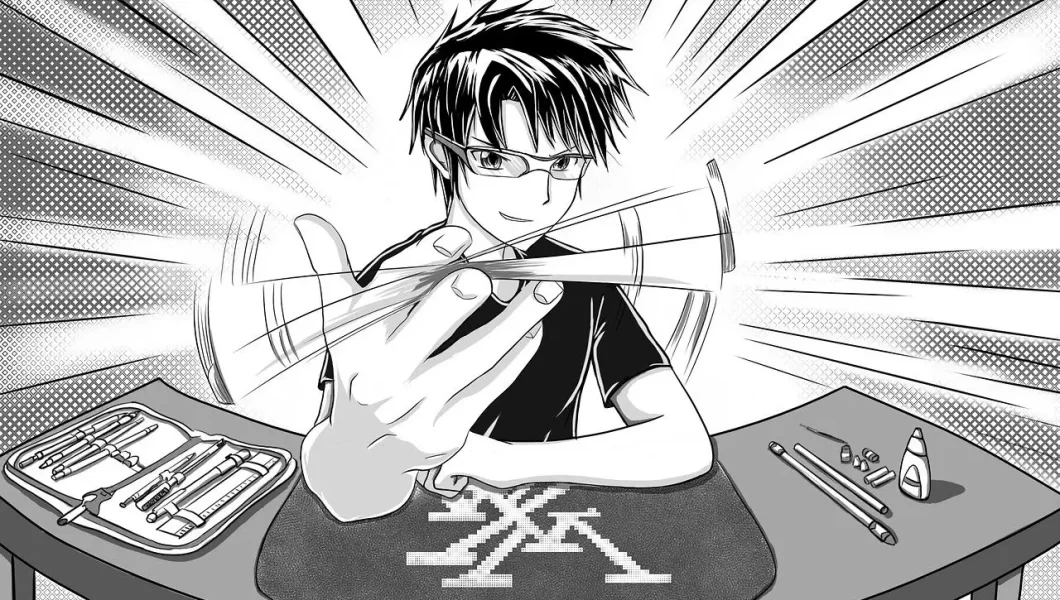In the realm of everyday objects, there exists an art form that often goes unnoticed but holds a captivating allure: pen spinning. You might have caught glimpses of it in movies, on social media, or perhaps witnessed a skilled practitioner at work during a lecture or meeting. Pen spinning, the rhythmic manipulation of a simple writing utensil, has evolved into a global subculture with its own set of techniques, terminology, and dedicated enthusiasts.
At first glance, pen spinning may seem like a frivolous pastime or a mere distraction from the tasks at hand. However, delve deeper, and you’ll discover a world rich in creativity, dexterity, and community. What drives individuals to master the art of pen spinning? What makes it so compelling, even addictive, to those who partake in it?
Origins and Evolution
The origins of pen spinning are difficult to trace, but it gained significant traction in the early 2000s with the proliferation of internet forums and video-sharing platforms. Enthusiasts from around the world began sharing tutorials, showcasing their skills, and forming communities dedicated to perfecting the craft.
Pen spinning draws inspiration from various disciplines, including martial arts, dance, and even magic tricks. Its fluid movements and seamless transitions blur the line between utility and performance, transforming the mundane act of writing into a mesmerising spectacle.
Techniques and Terminology
Like any form of artistic expression, pen spinning has its own lexicon of terms and techniques. From the basic thumb-around to the more advanced infinity and sonic, practitioners employ a repertoire of moves that test their coordination, precision, and finesse.
Each manoeuvre requires careful manipulation of the pen’s centre of gravity, mastery of finger control, and hours of practice to execute seamlessly. Beginners often start with fundamental tricks before progressing to more intricate combinations, unlocking new possibilities with every successful rotation.
Benefits Beyond the Surface
Beyond its aesthetic appeal, pen spinning offers a host of benefits that extend beyond the surface. It serves as a creative outlet for self-expression, allowing individuals to develop their unique style and flair. The rhythmic motion of spinning can also promote relaxation and focus, making it a therapeutic activity for those seeking respite from the stresses of daily life.
Moreover, pen spinning fosters a sense of camaraderie among its practitioners. Online forums, social media groups, and local meetups provide avenues for enthusiasts to connect, share tips, and collaborate on new tricks. In a world often characterised by isolation and digital disconnect, pen spinning offers a tangible sense of community and belonging.
Challenges and Rewards
Make no mistake – pen spinning is not without its challenges. Mastering even the most basic tricks requires patience, dedication, and a willingness to embrace failure. Frustration and setbacks are inevitable companions on the journey to proficiency, but therein lies the beauty of the pursuit.
With each triumph over adversity, practitioners experience a profound sense of accomplishment and growth. The incremental improvements in technique, the refinement of timing and rhythm—all contribute to a deeper appreciation for the art form and the journey it entails.
In Conclusion
In a society driven by productivity and efficiency, pen spinning serves as a gentle reminder of the beauty that can be found in the seemingly mundane. It encourages us to slow down, embrace curiosity, and find joy in the simple act of creation.
So, the next time you find yourself with a pen in hand, consider giving pen spinning a try. Who knows? You might just unlock a world of wonder and possibility at your fingertips.








No Comments